In the world of two-way radios, the Retevis HD2 stood out when it was first introduced for its compact design and promising features, but its initial release was met with controversy. For many radio enthusiasts and professionals, having an FCC-certified device is paramount. Not only does this certification ensure that the device complies with regulations regarding electromagnetic interference and safety, but it also solidifies its legitimacy for use in various environments across the United States.
The Initial Concerns
When the Retevis HD2 was first released, it quickly attracted attention for a different reason — it lacked FCC certification. This raised concerns among users who rely on their devices for critical communications in commercial, emergency, and personal applications. The main issue that emerged was the presence of spurious emissions, which are unintended frequencies emitted by the radio that can cause interference with other electronic devices and communication systems. These emissions not only violate FCC regulations but also pose a risk to the proper functioning of other essential services, such as emergency communications.
Spurious emissions are a common challenge faced by manufacturers when designing radios. These unwanted signals can spread across frequencies, causing interruptions in channels that are used by other devices or services. This was the primary concern with the early iterations of the HD2, leading to skepticism and frustration among users who had hoped for a reliable and compliant device.
FCC Certification Journey
As the concerns around the spurious emissions and lack of certification grew, Retevis took notice. In the early months following the release, they worked on addressing these issues, ensuring that the radio met the necessary standards set by the FCC. By May 2023, the Retevis HD2 was finally put to the test by the FCC, and after rigorous evaluations, the radio received official FCC certification.
The certification process conducted by the FCC involves a series of stringent tests designed to ensure that a device operates within the defined limits of frequency, power output, and spurious emissions. For radio devices like the Retevis HD2, this certification is critical because it not only ensures that the radio operates within acceptable limits but also provides peace of mind to consumers and businesses that rely on compliance for legal and operational reasons.
What Does FCC Certification Mean for Users?
With the FCC’s stamp of approval, the Retevis HD2 can now be legally marketed and sold in the United States. This is a significant milestone for the company and a welcome relief for users who had hesitated to purchase or use the device prior to certification. The FCC certification assures that the device meets the standards set for controlling spurious emissions and other forms of interference, making it a reliable choice for those who need a dependable communication tool.
The Retevis HD2 is now free from the regulatory and operational uncertainties that clouded its early release. Users can confidently use the device, knowing that it has passed the FCC’s stringent requirements for performance and safety. Moreover, businesses and organizations that require FCC-certified devices for legal compliance can now add the Retevis HD2 to their toolkit.
The Importance of FCC Compliance
For any device that operates on radio frequencies, FCC certification is not just a formal approval—it is a guarantee that the device will not interfere with other critical systems. Devices like the Retevis HD2, which operate on public frequencies, need to be carefully designed and regulated to prevent spurious emissions that could disrupt communications for emergency services, aviation, and other essential services.
While it is not uncommon for manufacturers to face hurdles in gaining certification, the swift response from Retevis to address the concerns shows their commitment to delivering a product that is both reliable and legally compliant. For users who prioritize performance and compliance, this certification is a win-win situation.
Conclusion
The Retevis HD2’s journey from being an uncertified device to receiving FCC approval highlights the importance of regulatory compliance in the radio communication industry. With the certification now in place, users can rest assured that the HD2 meets all necessary standards and can be confidently used in any environment where such certification is required. The FCC certification also marks a significant step forward for Retevis, reinforcing their reputation in the industry as a manufacturer that listens to feedback and is dedicated to delivering quality products.
For those interested in diving deeper into the specifics of the FCC’s testing and certification process for the Retevis HD2, you can access the official report here. This report provides detailed insights into the testing procedures and results that ultimately led to the certification of the Retevis HD2.
With its FCC certification, the Retevis HD2 is now positioned to be a trusted tool in the hands of users, whether for personal, professional, or emergency communication needs.


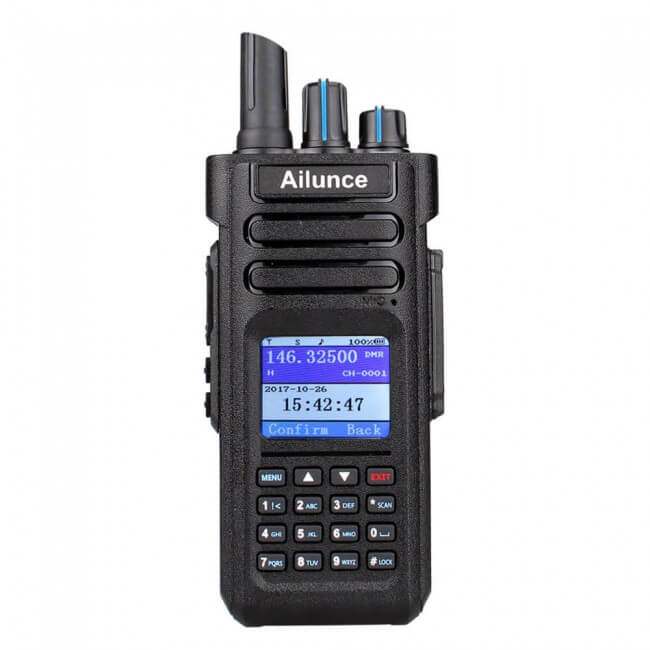
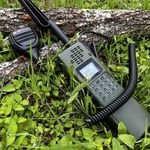


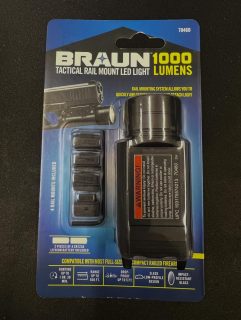
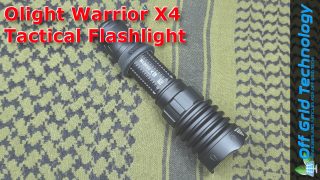
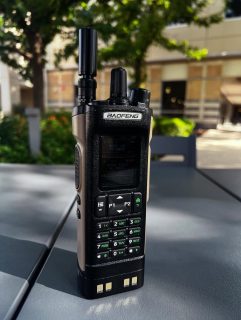



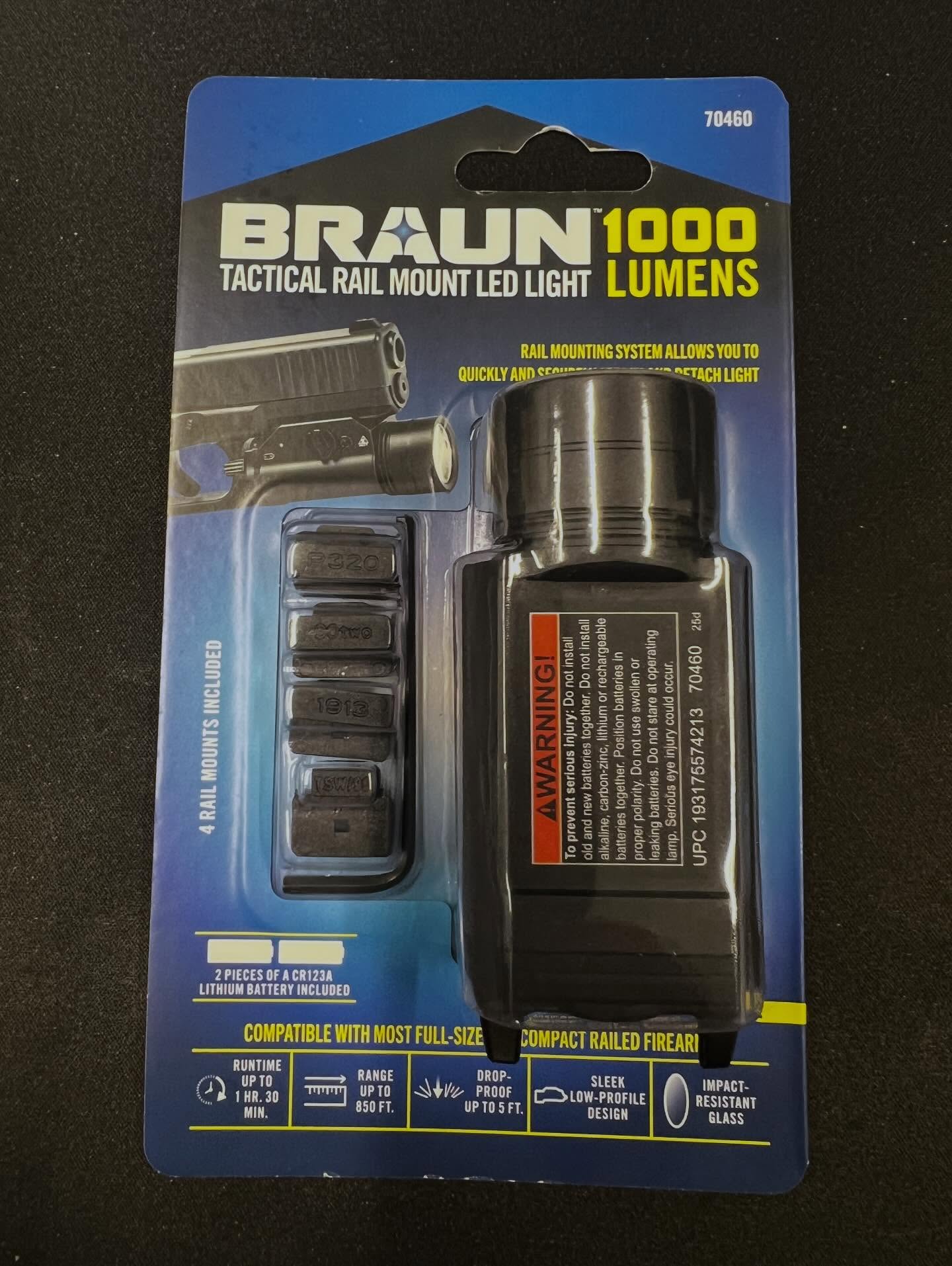
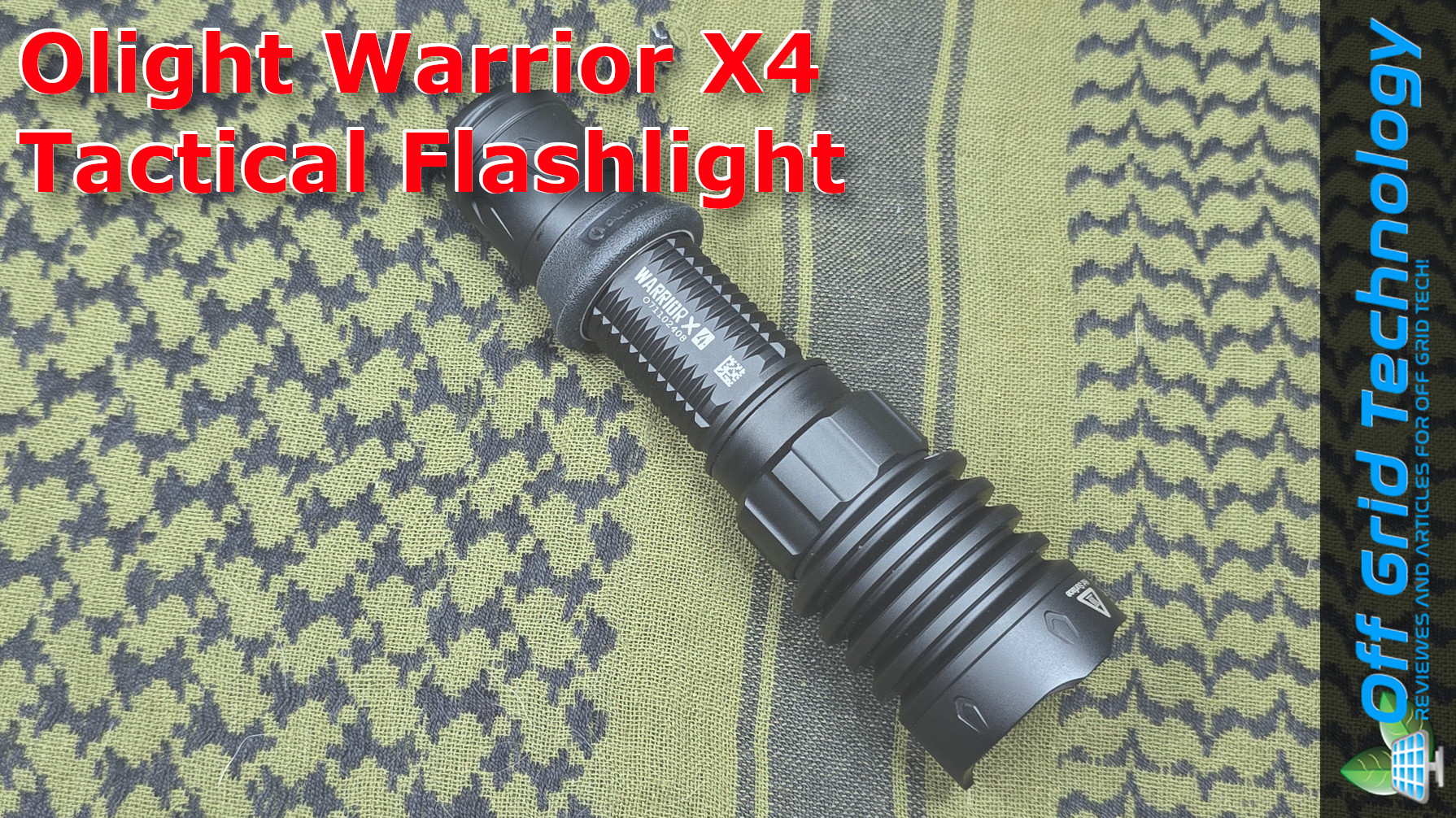
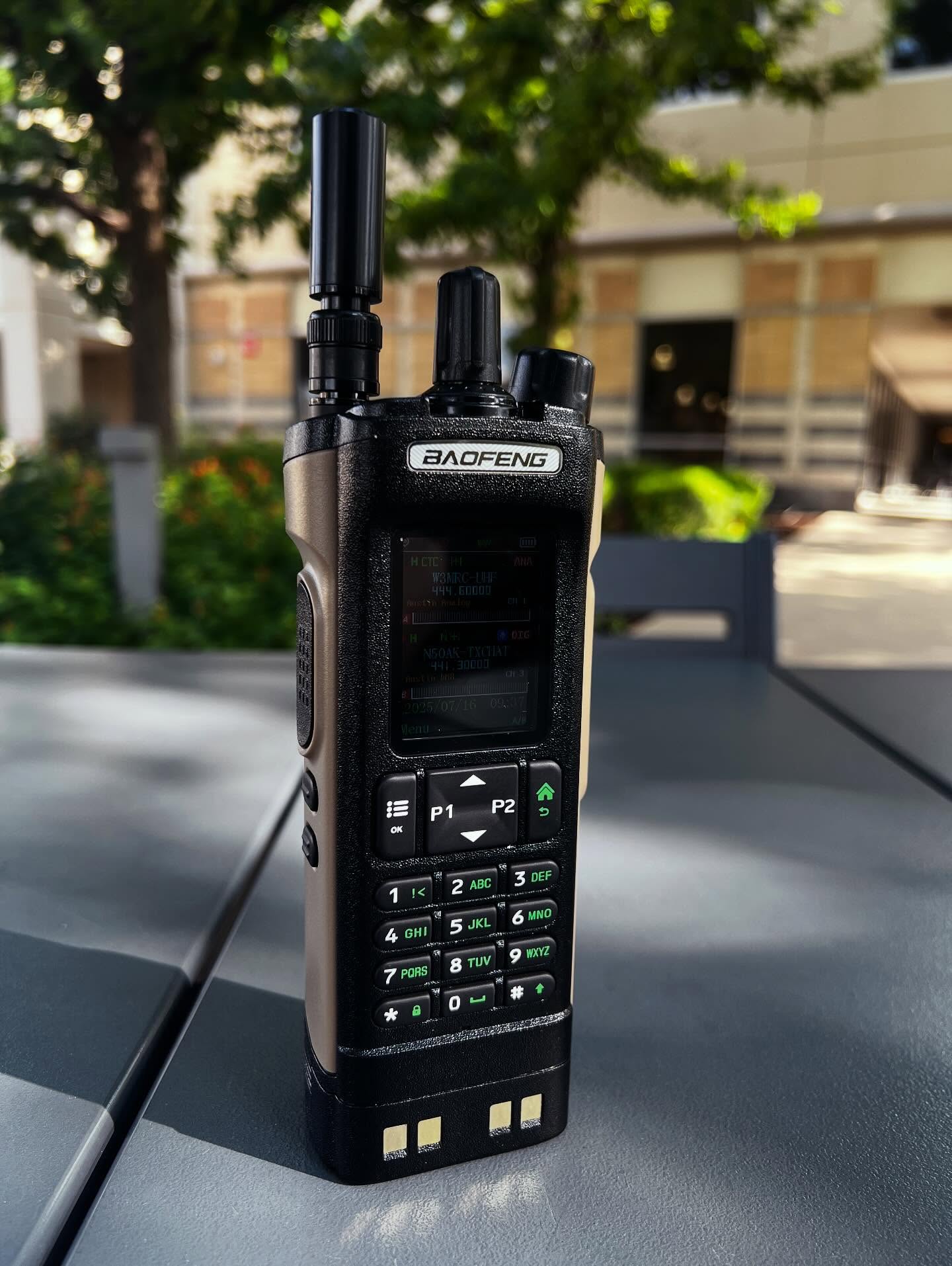



Leave a Reply